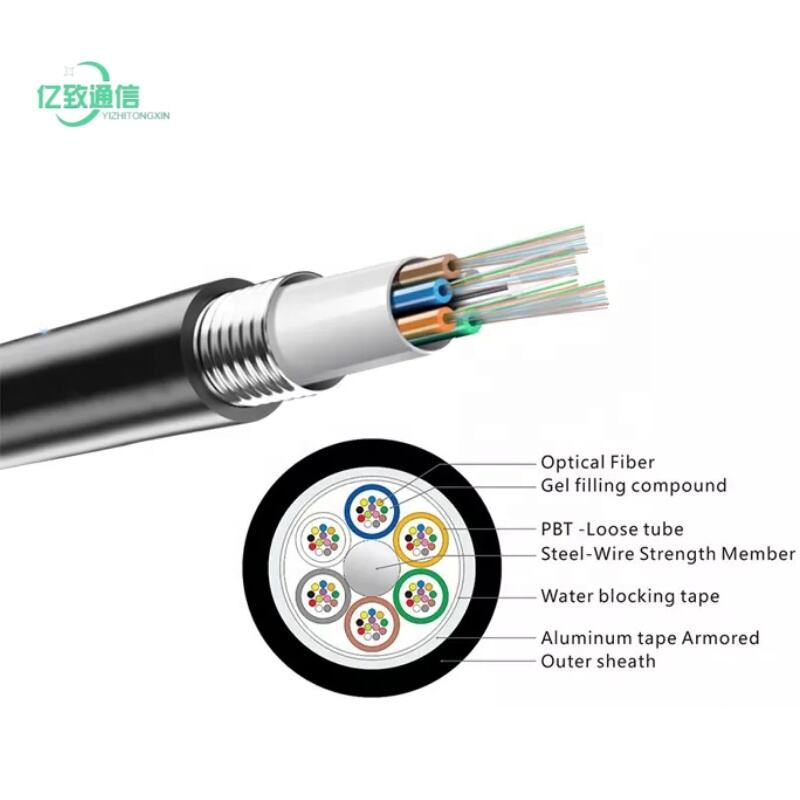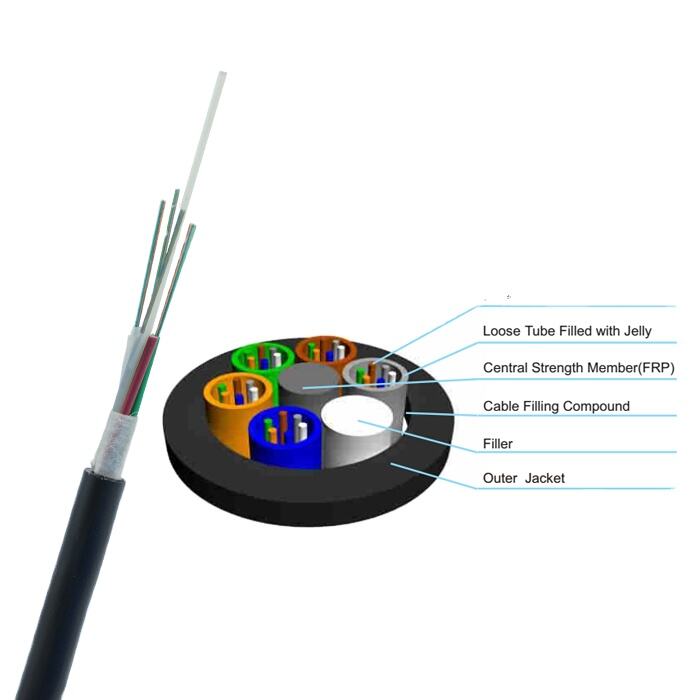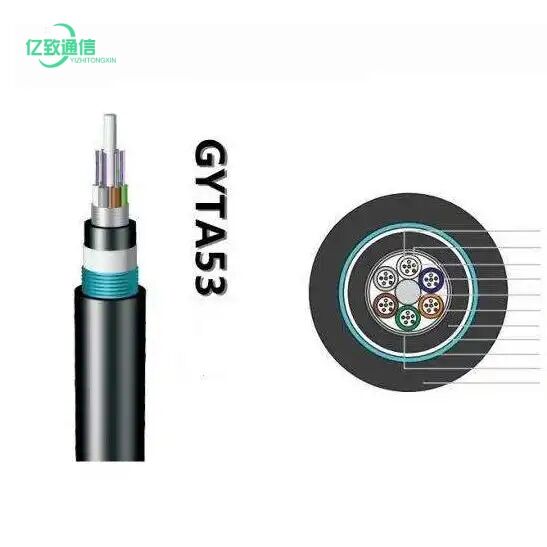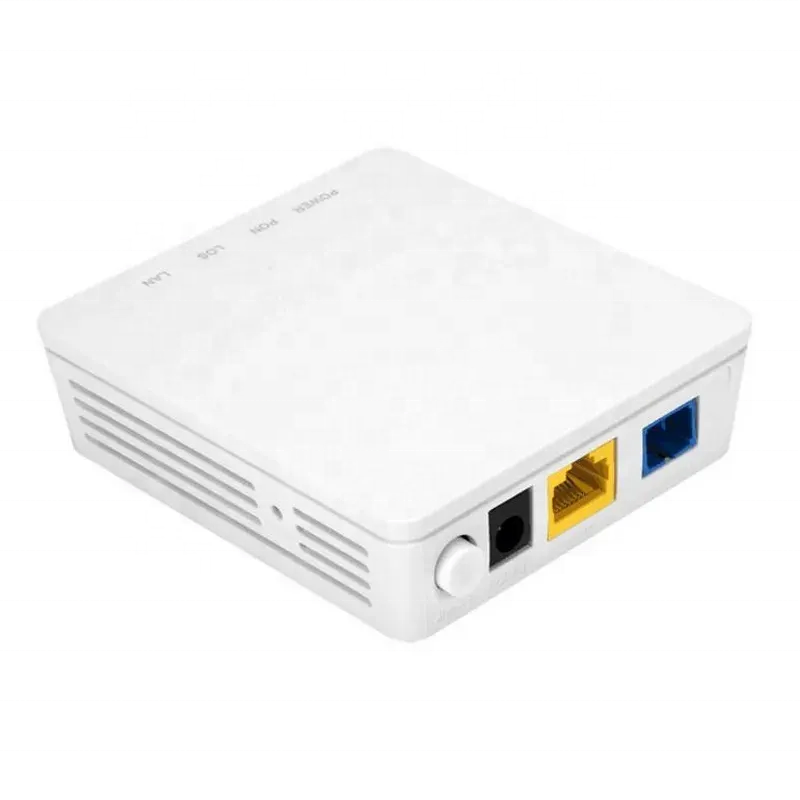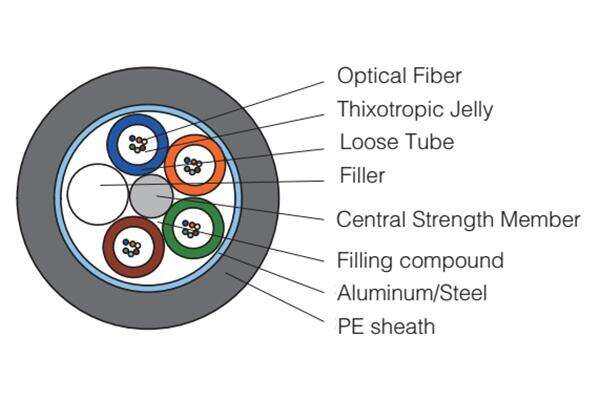advanced optic cable types
Advanced optic cable types represent the cutting-edge evolution in fiber optic technology, offering unprecedented capabilities in data transmission and network reliability. These cables utilize specialized glass or plastic fibers to transmit information through pulses of light, achieving speeds that far surpass traditional copper cables. The main categories include single-mode fibers, which excel in long-distance transmission with minimal signal loss, and multimode fibers, optimal for shorter distances and local networks. Modern optical cables feature enhanced protective layers, including strengthened outer jackets and specialized buffer tubes that shield the delicate glass core from environmental factors. The core technology employs advanced materials and manufacturing processes to achieve superior signal integrity and reduced attenuation rates. These cables support various applications across industries, from telecommunications and data centers to healthcare and industrial automation. Their bandwidth capability extends into the terabit range, making them essential for high-speed internet infrastructure, 5G networks, and cloud computing facilities. The latest innovations include bend-insensitive fibers that maintain performance even when installed in tight spaces, and specialized coatings that enhance durability in harsh environments.

